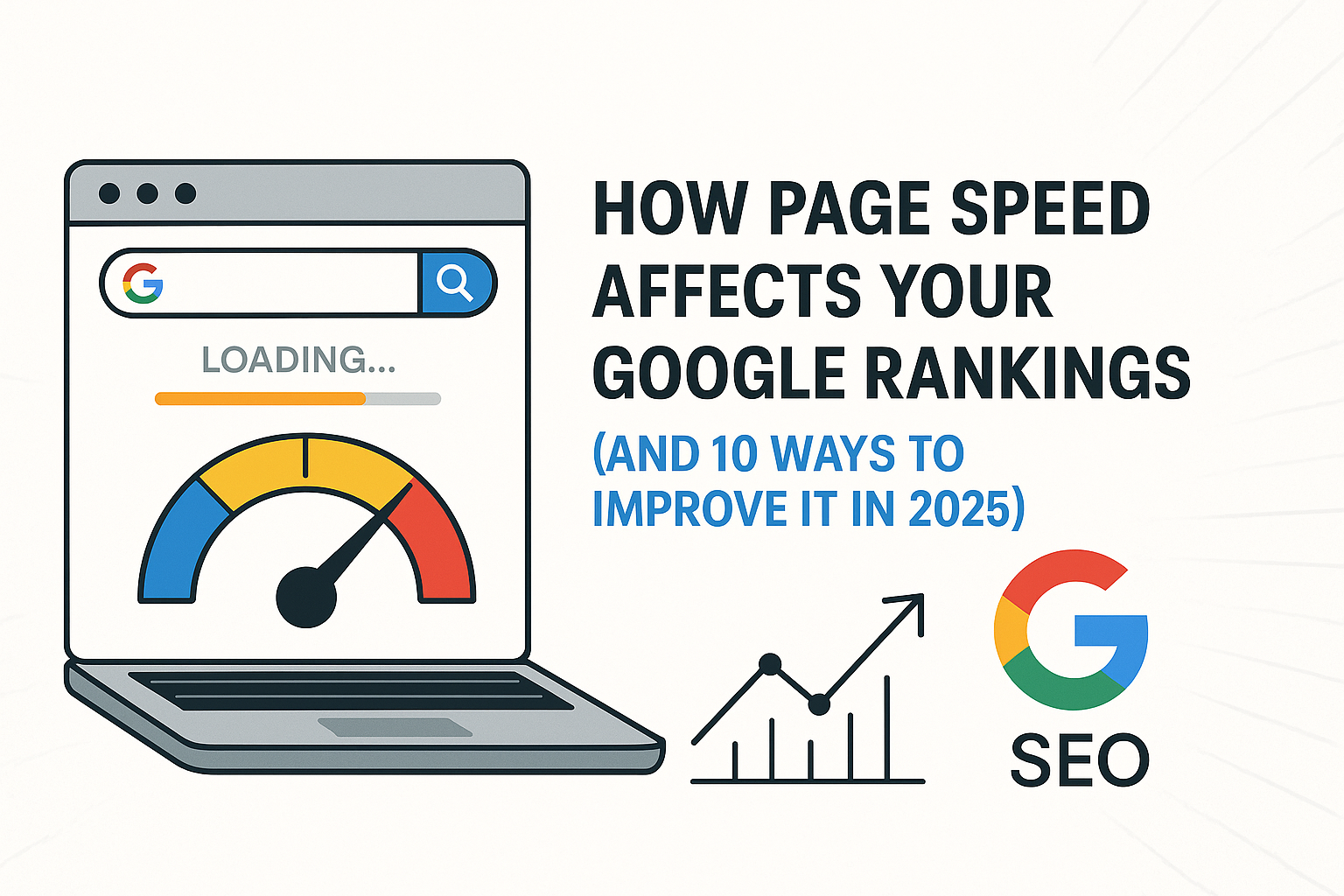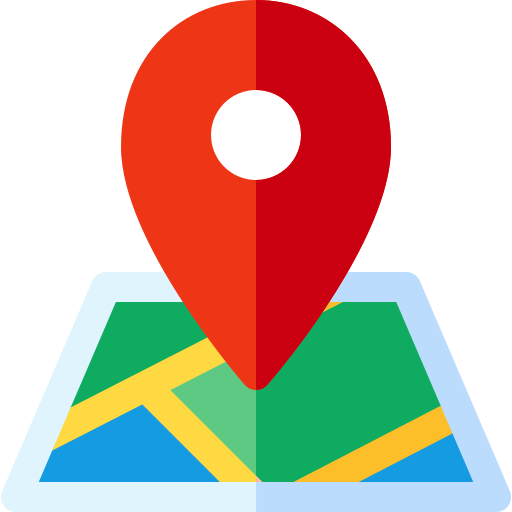How Page Speed Affects Your Google Rankings (and 10 Ways to Improve It in 2025)
Did you know that your website’s speed could be the deciding factor between ranking on page 1 or getting buried in search results? In today’s fast-paced digital landscape, page speed is not just a technical issue—it’s a business-critical metric.
In this comprehensive guide, we’ll break down:
- Why page speed matters for SEO
- How Google evaluates your site’s speed
- Tools to test your page speed
- 10 proven ways to speed up your website in 2025
Let’s dive in!
Why Does Page Speed Matter for SEO?
Google officially made page speed a ranking factor back in 2010 for desktop and expanded it to mobile in 2018 with the “Speed Update.” This means your site's load time plays a direct role in how high you rank in search results.
But it’s not just about pleasing Google’s bots. A faster site also:
- Enhances user experience: 53% of mobile visitors leave if a page takes longer than 3 seconds to load.
- Increases conversions: A 1-second delay in page response can result in a 7% reduction in conversions.
- Reduces bounce rates: Faster pages keep users engaged, signaling to Google that your content is valuable.
- Bottom line: Faster sites rank better, convert better, and build trust.
How Google Measures Page Speed
Google uses Core Web Vitals as part of its ranking algorithm. These metrics include:
- Largest Contentful Paint (LCP): Measures loading performance. Ideal: Under 2.5 seconds.
- First Input Delay (FID): Measures interactivity. Ideal: Under 100 milliseconds.
- Cumulative Layout Shift (CLS): Measures visual stability. Ideal: Less than 0.1.
In addition, tools like PageSpeed Insights and Lighthouse evaluate your site’s performance and offer improvement suggestions.
Best Tools to Test Your Page Speed
Before you start optimizing, you need to diagnose your current speed. Here are my go-to tools:
Google PageSpeed Insights
GTmetrix
Pingdom Tools
WebPageTest
Lighthouse (Chrome DevTools)
Each tool provides detailed performance reports and recommendations.
10 Ways to Improve Your Page Speed in 2025
1️⃣ Optimize Images
Images are the #1 cause of slow-loading pages.
- Use next-gen formats like WebP or AVIF.
- Compress images without sacrificing quality (try TinyPNG or ShortPixel).
- Set correct dimensions and implement lazy loading.
2️⃣ Enable Browser Caching
Browser caching allows returning visitors to load your site faster by storing static files locally. You can enable caching via:
.htaccessfile (Apache)- NGINX configuration
- Plugins like WP Rocket (for WordPress)
3️⃣ Minify CSS, JavaScript & HTML
Minification removes unnecessary spaces, comments, and characters, shrinking file sizes. Use:
- Autoptimize (WordPress)
- Minify (for Shopify)
- Online tools (like minifier.org)
4️⃣ Use a Content Delivery Network (CDN)
A CDN distributes your site’s content across multiple global servers, speeding up delivery to users. Top CDNs include:
- Cloudflare
- Bunny.net
- AWS CloudFront
5️⃣ Implement Lazy Loading
Lazy loading defers loading of non-critical images and videos until they’re about to appear on the screen. This reduces initial page load time dramatically.
6️⃣ Optimize Server Response Time
A slow server equals a slow site. Improve response time by:
- Choosing a better hosting provider
- Upgrading to VPS or dedicated hosting
- Implementing server-level caching
7️⃣ Reduce Redirects
Every redirect adds extra load time. Audit your site for unnecessary 301 or 302 redirects and clean them up.
8️⃣ Use GZIP Compression
GZIP compresses your files before sending them to browsers, reducing file sizes by up to 70%. Most web servers support GZIP via simple configuration.
9️⃣ Eliminate Render-Blocking Resources
Render-blocking CSS and JS delay your page’s visual load. Use async and defer attributes or inline critical CSS to minimize blocking.
🔟 Regularly Audit & Update Plugins
Outdated or poorly coded plugins can bloat your site. Regularly:
- Audit plugins
- Delete what you don’t use
- Update everything frequently
Pro Tip: Mobile Optimization is Non-Negotiable
Google uses mobile-first indexing, meaning it prioritizes the mobile version of your site for ranking. Make sure your site is:
- Fully responsive
- Optimized for small screens
- Easy to navigate
Real-World Case Study: How We Improved a Client’s Page Speed
We worked with a local business whose site loaded in 8 seconds. After optimizing images, implementing caching, and using a CDN, we reduced their load time to 1.8 seconds. The result? A 35% increase in organic traffic within 2 months.
Final Thoughts
Page speed is more than a technical metric—it’s a crucial factor for SEO, UX, and conversions. By following the steps above, you’ll not only improve your Google rankings but also create a better experience for your visitors.
Need help speeding up your site? 🚀 [Get in touch with me here.]
FAQs
FAQs
Q1: What is a good page speed?
Google recommends a page load time of under 2.5 seconds for optimal SEO performance.
Google recommends a page load time of under 2.5 seconds for optimal SEO performance.
Q2: How often should I test my page speed?
At least once a month or after significant updates to your site.
At least once a month or after significant updates to your site.
Q3: Is page speed more important than content?
Both are important. Content helps you rank, but a slow site can prevent users from seeing your content.
Both are important. Content helps you rank, but a slow site can prevent users from seeing your content.
Ready to Supercharge Your Website?
I offer page speed optimization services tailored to your business needs. Let’s transform your site into a fast, high-performing machine. [Contact me today!]
Posted on: 21-04-2025




